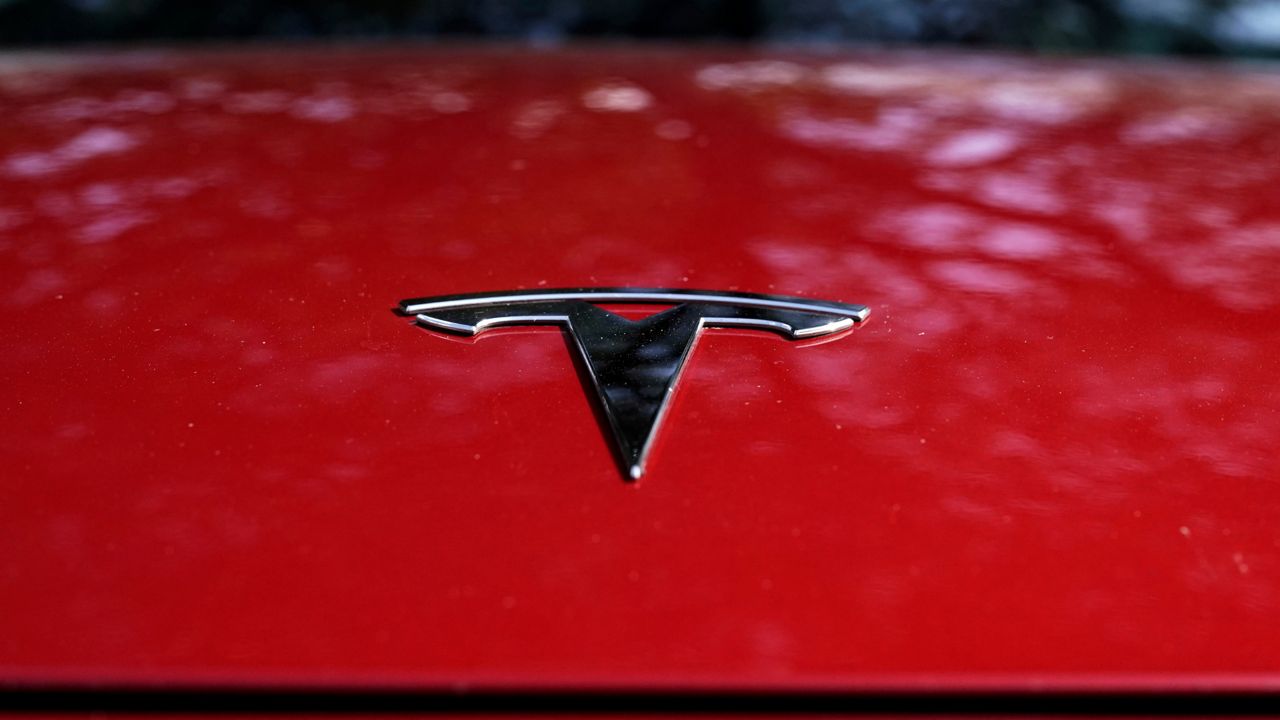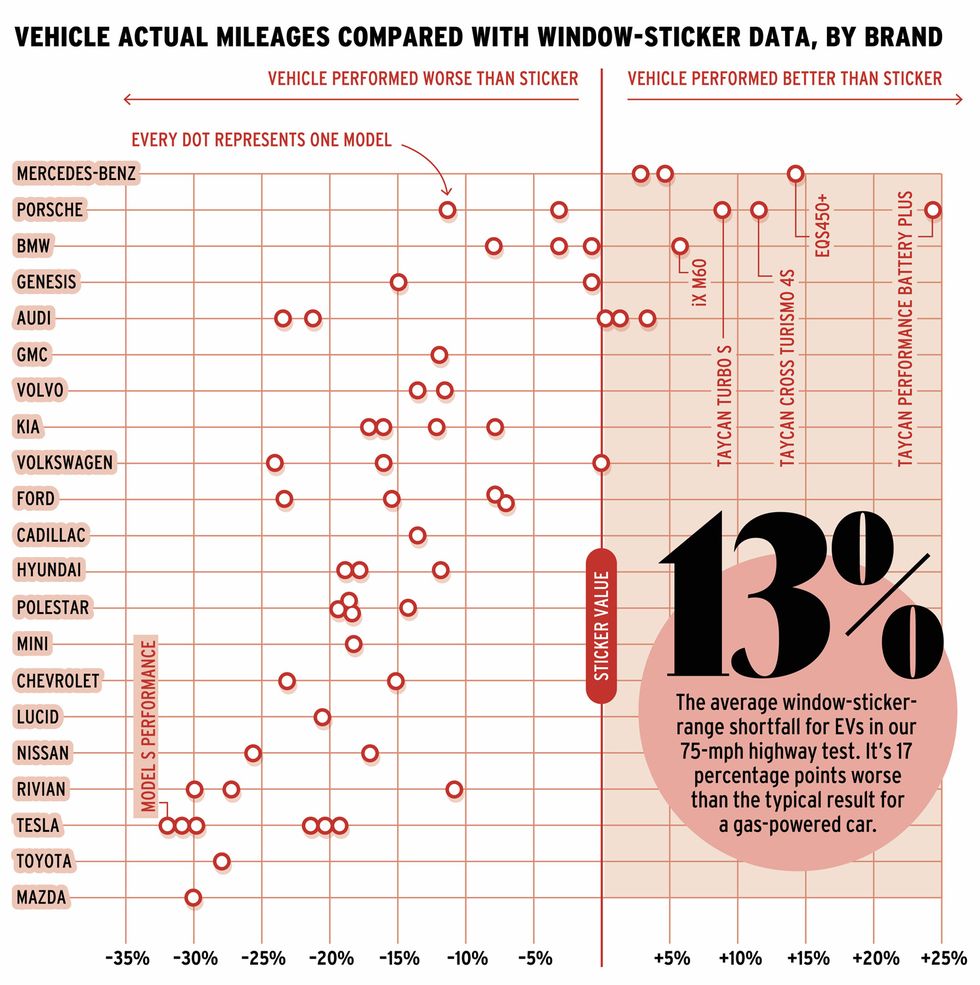Today I was watching an episode of MotorWeek and they were testing the GV70 from Genesis (link below). It appears to be a very nice lux EV, but what stuck out to me was its range. The GV has a published range of 236 miles. However, in their testing, they observed 254 miles for a net INCREASE of 18 miles OVER the published range.

This has been my only issue with my 2019 SR+. As we all know the SR+ has a published range of 240 miles and we all know that simply isn't achievable. Mine is 4 years old with 14k on the ODO. I bought it while living in SoCal for commuting from my home in Orange County to my office in LA county, ~70 miles round trip. I kept a spread sheet on the Tesla's daily performance, i.e., actual daily miles driven, daily range miles consumed, start miles, end miles, and average range miles consumed per trip. I found that daily driving consumed 1.30 range miles to 1.52 range miles, based on several factors, for an overall average of 1.41 range miles consumed for every actual mile driven. This means that every fully charged battery, IF I could charge to 240 range miles, should give me ~170 miles actual miles (240÷1.41=170). However, like many of you, I can't charge to 240 range miles, but rather to a fairly consistent 90% of those range miles. And that's pretty constant whether I charge to 100%, 90%, 80% or less. The corresponding max miles is always 90% of whatever I set the charging session at. For instance, at 100% or 240 miles I only get about 215 to 217 range miles. At 80% charge I am only getting about 194ish range miles and at 70%, I’m only getting about 156 range miles.
Those figures are bad enough as is, but then you have to calculate net miles after the consumed range is figured in… at 100% of 240 I see a max charging range of 216, then take that 216 and divide by the average consumed range percent, in my case it’s 1.41, netting me an actual driving range of roughly 153 miles on a 100% fully charged battery. So out of a published range of 240 miles, netting me 153 or 63% of what Tesla says I should be getting. If I charge to 80% as suggested by Tesla for day-to-day driving, sadly, I see only 123 actual miles available or 51% of what Tesla says I should be getting.
I know, I know, “so sell it”.. that’s not the point. The point is that Tesla should advertise a real world average range not an unachievable EPA range. ICE monroney (MSRP) labels have an MPG showing best and worst mileage, so should Tesla.
Here’s the MotorWeek link:
This has been my only issue with my 2019 SR+. As we all know the SR+ has a published range of 240 miles and we all know that simply isn't achievable. Mine is 4 years old with 14k on the ODO. I bought it while living in SoCal for commuting from my home in Orange County to my office in LA county, ~70 miles round trip. I kept a spread sheet on the Tesla's daily performance, i.e., actual daily miles driven, daily range miles consumed, start miles, end miles, and average range miles consumed per trip. I found that daily driving consumed 1.30 range miles to 1.52 range miles, based on several factors, for an overall average of 1.41 range miles consumed for every actual mile driven. This means that every fully charged battery, IF I could charge to 240 range miles, should give me ~170 miles actual miles (240÷1.41=170). However, like many of you, I can't charge to 240 range miles, but rather to a fairly consistent 90% of those range miles. And that's pretty constant whether I charge to 100%, 90%, 80% or less. The corresponding max miles is always 90% of whatever I set the charging session at. For instance, at 100% or 240 miles I only get about 215 to 217 range miles. At 80% charge I am only getting about 194ish range miles and at 70%, I’m only getting about 156 range miles.
Those figures are bad enough as is, but then you have to calculate net miles after the consumed range is figured in… at 100% of 240 I see a max charging range of 216, then take that 216 and divide by the average consumed range percent, in my case it’s 1.41, netting me an actual driving range of roughly 153 miles on a 100% fully charged battery. So out of a published range of 240 miles, netting me 153 or 63% of what Tesla says I should be getting. If I charge to 80% as suggested by Tesla for day-to-day driving, sadly, I see only 123 actual miles available or 51% of what Tesla says I should be getting.
I know, I know, “so sell it”.. that’s not the point. The point is that Tesla should advertise a real world average range not an unachievable EPA range. ICE monroney (MSRP) labels have an MPG showing best and worst mileage, so should Tesla.
Here’s the MotorWeek link:




